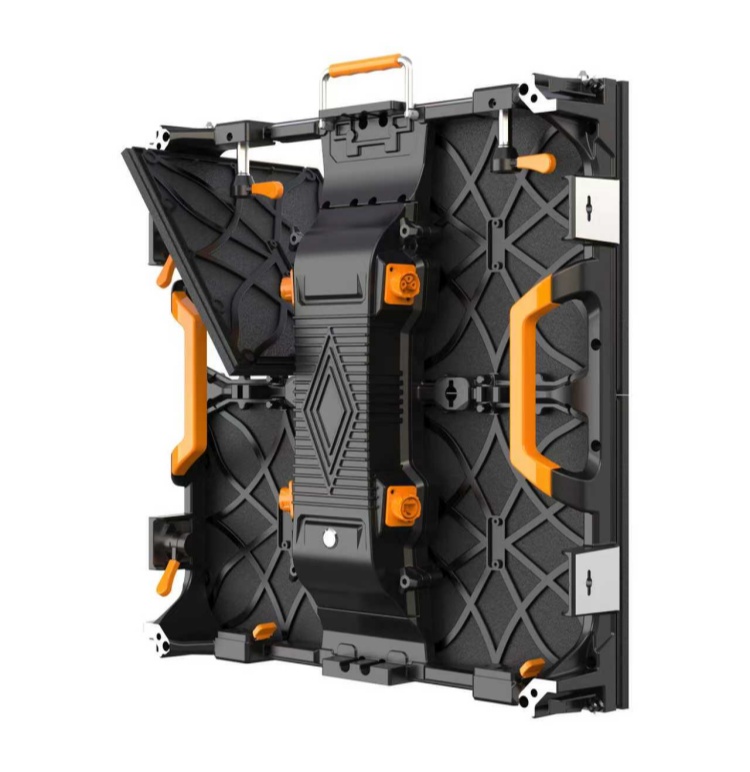Whether it is a rental LED display or a fixed LED display, the LED display needs maintenance. Customers are also very concerned about the maintenance of the display. There are two main maintenance methods for LED displays: front maintenance and rear maintenance. So what is the difference between front maintenance and rear maintenance?


Front maintenance
- Maintenance position: Front maintenance mainly allows technicians to repair, replace and install components such as modules, power supplies and receiving cards directly from the front of the LED display. There is no need to touch the back of the display. You can disassemble quick locks, magnetic suction, and buckles directly from the front.
- Installation space: Front maintenance is suitable for limited space, that is, narrow environments, generally indoors, such as corners, shopping mall advertisements, elevators, small and medium-sized meeting rooms, etc. There is no need to reserve additional space, which saves space and makes LED display maintenance simple.
- Led Display screen design: Generally, the cabinet thickness of front-accessible display screens is designed to be thinner, suitable for wall-mounted or embedded installation. For example, indoor fixed-mounted LED screens are almost all front-accessible designs, and the cabinet is relatively thinner than rental and outdoor fixed-mounted models. Even Ningshine’s indoor fixed-mounted SF series cabinet design is extremely ultra-thin, with a thickness of only 20mm. It is very light, ultra-thin, easy to install, and beautifully designed.
- Disassembly: Front maintenance generally uses a modular design, enabling quick disassembly and assembly of each part. A single person can easily perform the operation
- Maintenance cost: Upfront maintenance costs more due to required special components. The LED display rarely needs moving afterward, and leave space at the rear, easier maintenance.
Rear maintenance
- Maintenance location: In contrast to front maintenance, rear maintenance is performed entirely at the back of the cabinet. Simply remove the rear screws to complete repairs or installations. Therefore, there needs to be enough space behind the LED display for technicians to operate.
- Installation Space: Rear-mounted LED displays are suitable for applications with ample back space, such as stadiums, outdoor mall screens, and stage rental screens. Installers can mount them in various ways, depending on the available back space. Common installation methods include hanging and truss mounting. However, for customers who prefer wall-mounted or flush-mounted installations, maintenance can be difficult.
- Led Display screen design:The rear-maintenance LED display cabinet has a regular thickness and provides enough rear space for maintenance. Most of the rental products require post-maintenance. Ningshine’s NS series LED display adopts a rear maintenance design with a cabinet thickness of only 70mm, which is easy to maintain.
- Disassembly: Post-maintenance requires going behind the LED display, which may require the cooperation of multiple people.
- Maintenance cost: The biggest advantage of post-maintenance is that the price is slightly lower. Post-maintenance needs depend on the maintenance space at the rear. Limited space complicates maintenance, requiring screen disassembly and raising maintenance costs.
In short, front maintenance requires no wire removal, making disassembly simple and convenient. Rear maintenance requires disassembly of screw modules. A single-point failure only requires disassembling and maintaining the affected module, ensuring high maintenance efficiency. Whether choosing front or rear maintenance, the key consideration is the available space at the rear. For limited spaces, opt for front maintenance – quicker and more convenient. In spacious conditions, choose rear maintenance. Ningshine’s LED displays support both front and rear maintenance, delivering enhanced flexibility, and significantly widening customers’ choice range.
